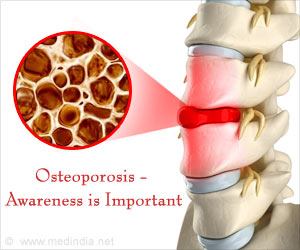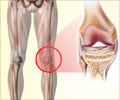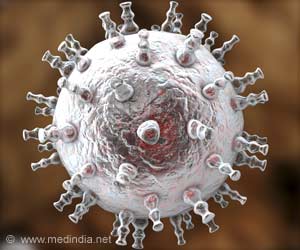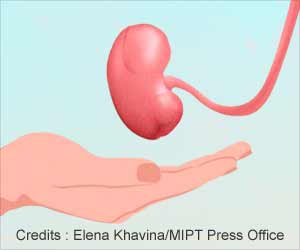In osteoporosis, chemically-modified glycan can turn on and off the inflammation on bone implants to utilize the limited number of bone cells around the implants.
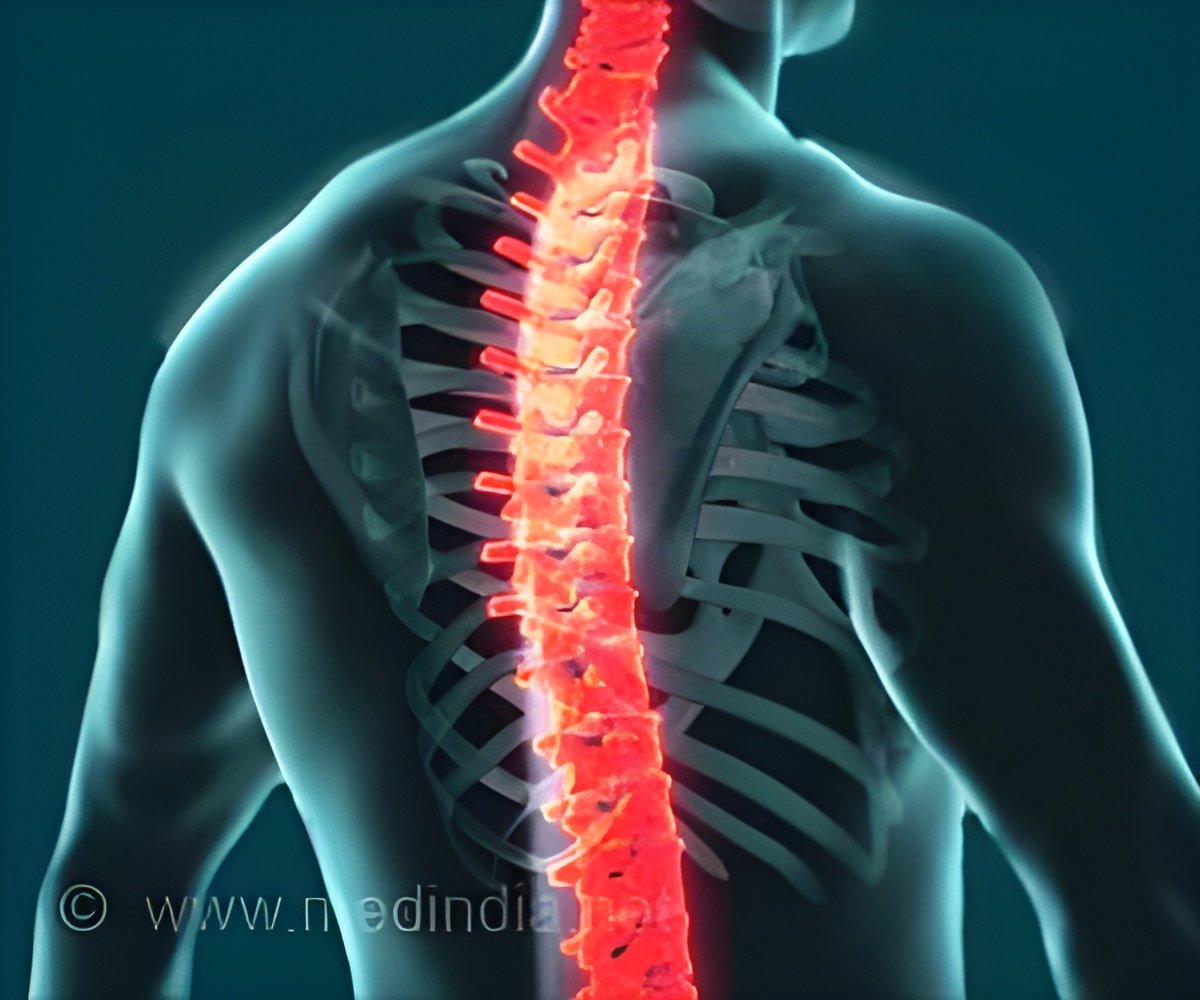
‘Osteoporosis can impair the function of bone implants. A chemically modified glycan can turn on and off the inflammation on bone implants to utilize the limited number of bone cells around the implants.’
Read More..




The scientists have invented a bioactive coating that can be chemically linked onto normal Ti surface. The coating is made from a chemically-modified glycan (a string of sugars) can sequentially turn on and off inflammation on bone implants.Read More..
In osteoporotic conditions, it instructs the host macrophages (immune cells) to release the molecules that can activate bone cells and promote healing; this is ‘good inflammation’. When the bone cells grow and function to an extent, they naturally secrete an enzyme- alkaline phosphatase, to cut the chemically-modified glycan from the Ti surface. The ‘sugar-coated bullets’ invented by scientists can specifically kill macrophages to turn off ‘bad inflammation’ for better healing and higher safety.
The lead contact and corresponding author of this paper, Prof Chunming Wang at the University of Macau said, "Interestingly, these macrophages to be killed in the latter part of this healing process, are exactly the guys who have made the major contribution to release pro-bone forming cytokines in the earlier stage. So, we described this design as a 'bridge-burning' strategy."
The main advantage of this coating is that it can maximize the power of the limited number of bone cells around the implants under osteoporosis.
Under pathologic conditions it is unrealistic to sharply increase the number or stimulate the function of bone cells around the implants to achieve better bone-implant integration.
Advertisement
This coating showed favorable performance in a rat osteoporosis model. The scientist anticipate next-stage research to be carried out in larger animals.
Advertisement

